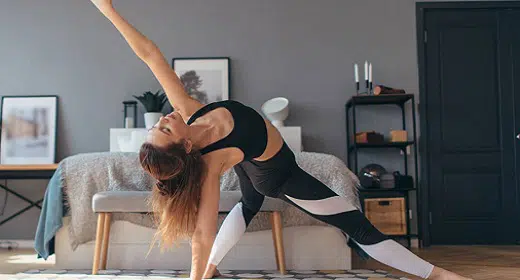by Lauren Howard: As our lives are ever changing it makes sense that our exposure to new ideas has altered the way we practice yoga.
With the adoption of a more contemporary style, or with the incorporation of new inventions, we now have several options to consider. Whether you’re interested in a slow-paced class whose goal is on therapeutic healing or a yoga practice that will get your heart rate up, this list will give you the inside scoop on which style will fit you the most.
1. Kundalini Yoga
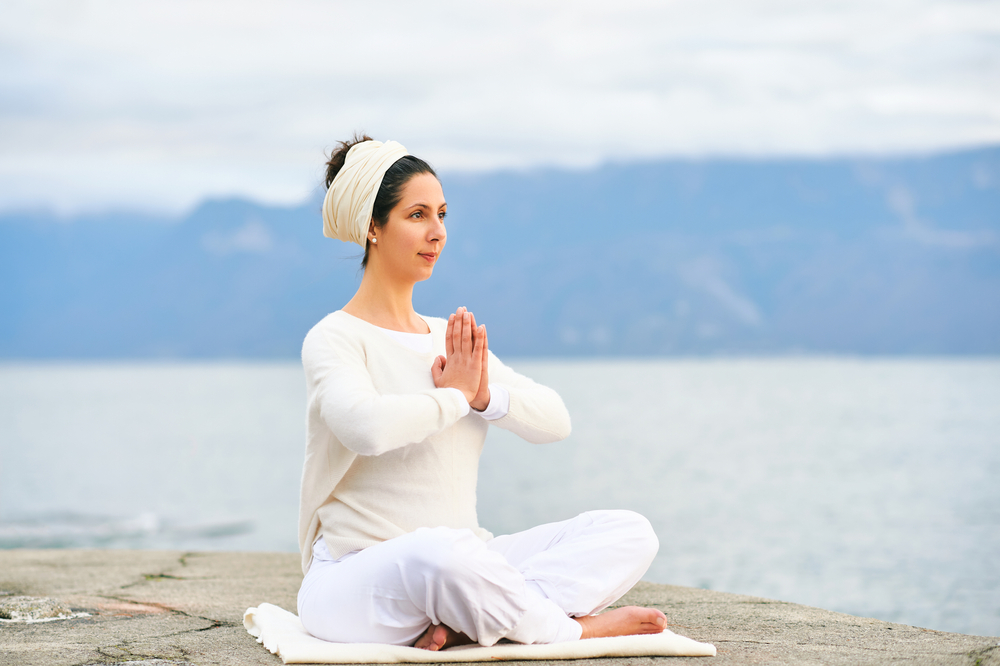
Kundalini yoga is about connecting to our individual spiritual energy. During a Kundalini yoga class, you can expect chanting, singing, and exercises that focus on breathing. This yoga’s objective is to activate the shakti or Kundalini energy as it helps us to gain a better awareness of ourselves. Gaining this awareness enables individuals to shed their ego and awaken the truth within.
This energy exists at the base of the spine and is thought to channel energy upwards through the seven chakras. During activation, and with regular practice, this form of yoga’s aim is to lead us to spiritual enlightenment. This may be where you have heard the term “Kundalini awakening“.
What to expect in Kundalini yoga:
- Chanting
- Breathing exercises
- Sequences of postures
- Mudras and meditations.
2. Vinyasa Yoga
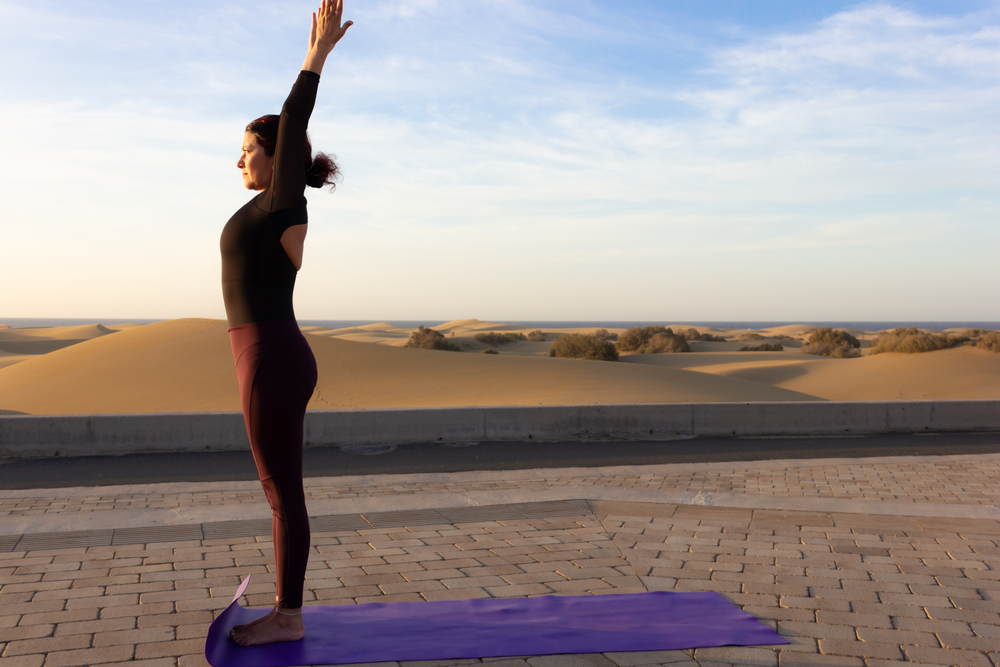
This contemporary form of yoga is often accompanied by the word “flow” due to its ability to have sequences that flow from one to another. It often allows for time in-between poses to rest and may vary in speed depending on the instructor’s preference. Vinyasa is very versatile but one thing that remains constant is its ability to fluidly move and transition.
What to expect in Vinyasa yoga:
- Sun salutations
- Steady flow with synchronized breathing.
3. Hatha Yoga
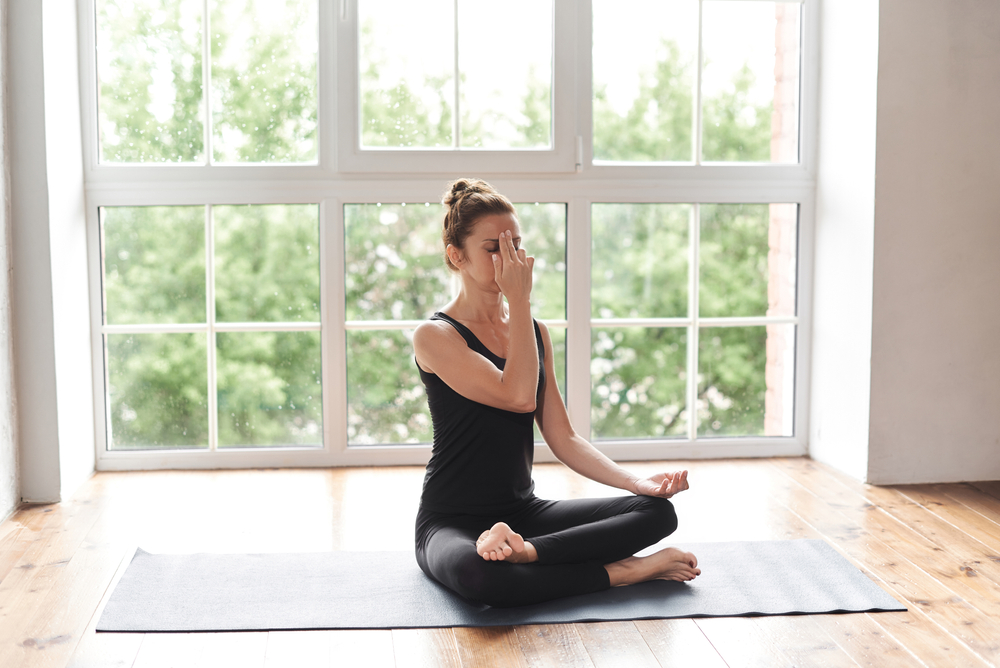
Hatha yoga is often compared to vinyasa classes as they share similar asanas and pair them with specific breathing techniques. However, in Hatha yoga, the class is generally encouraged to move at a much slower pace to ensure the proper execution of each pose.
What to expect in Hatha Yoga:
- Centering or meditation exercise
- Series of twisting movements, bending, or folding.
- Breathing work or meditation.
- Sun salutations
4. Ashtanga Yoga
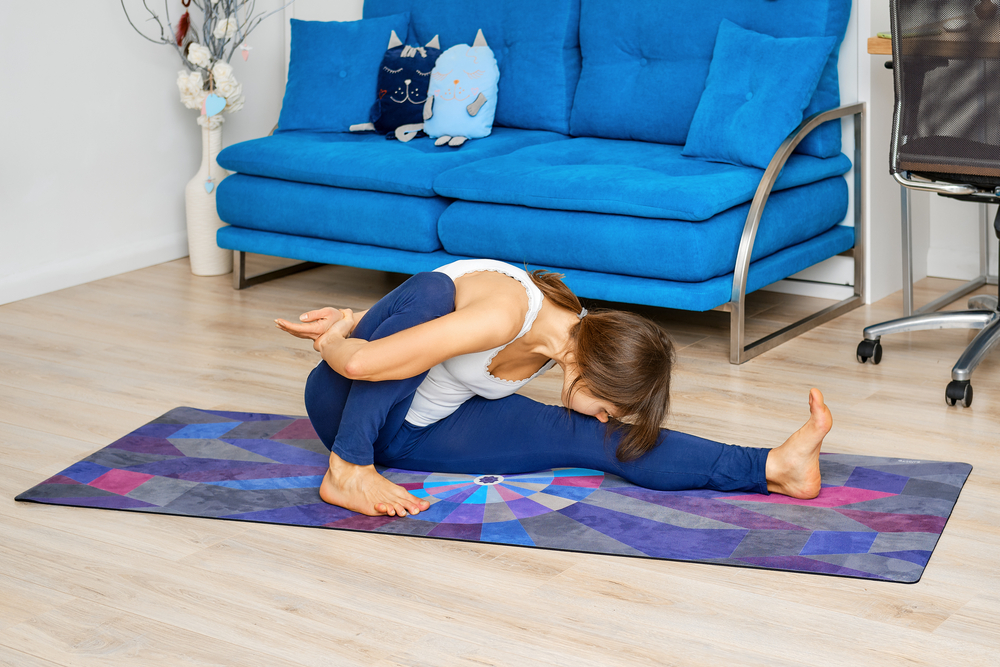
The purpose of this form of yoga is to purify the mind and body, and the best way to do this is by moving quickly. Ashtanga yoga is a challenging practice. With practice, it challenges its students to grow alongside its fast-paced and precision.
What to expect in Ashtanga Yoga:
- Sun salutations ( A & B)
- Repetitive postures
- Dynamic Vinyasa Flow
- Sweating
- Faster Pace
5. Yin Yoga
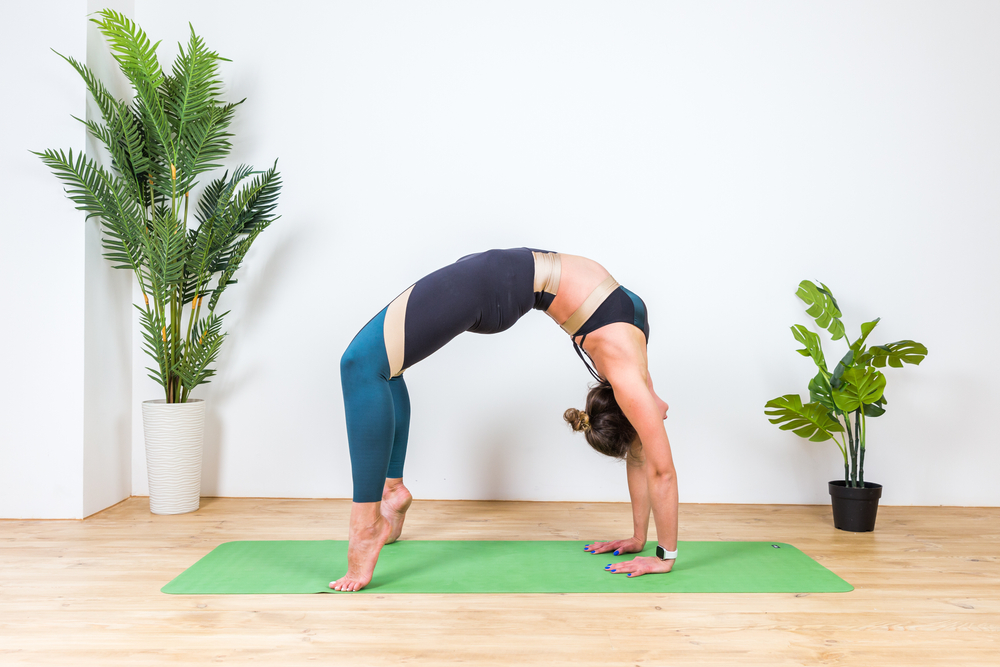
The goal of Yin yoga is to slow down movements and turn inwardly to reach the deep connective tissues of the body. You can expect this sort of yoga to hold poses for longer amounts of time. You can also expect pairing breathing exercises while stretching muscles that rarely gain attention.
This yoga’s inspiration is from Taoist principles that believe that there is an energy that courses through us. When allowing our body to stretch and deepen these stretches to reach areas not usually used, we’re enabling excess energy to a release. This is helpful if you’ve experienced some blockage and need an outlet for this energy to be let go.
What to expect in Yin yoga:
- non-heated room
- holding postures for long durations
- Finding comfort in discomfort – focus on holding poses and turning inward to accomplish stillness in breathing and in the mind
- Focused/deep breathing
- Slower and more meditative form of yoga
6. Iyengar Yoga
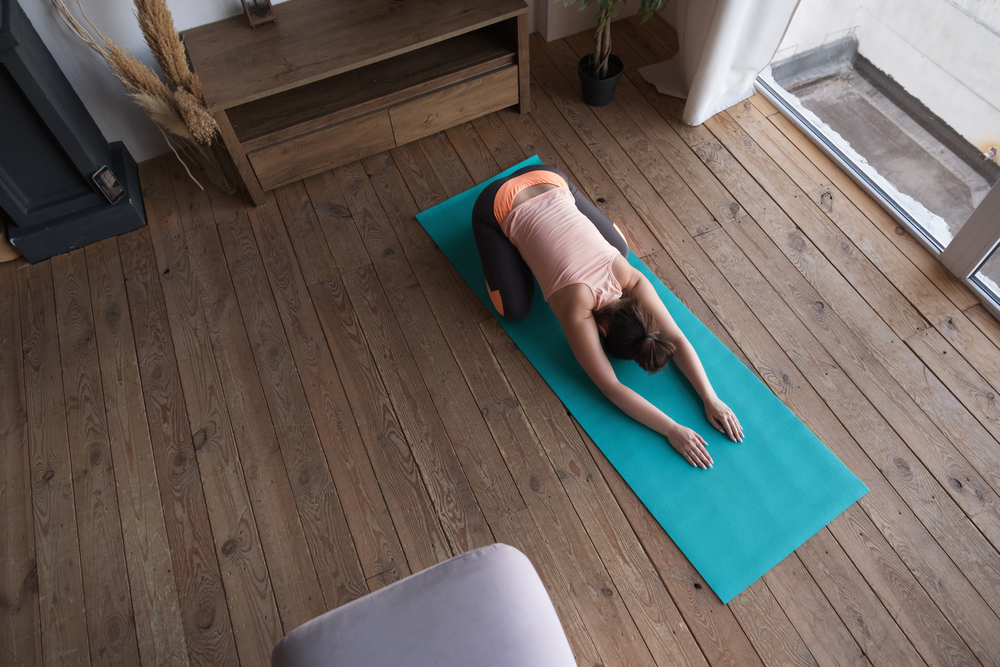
If you’re wanting a more technical type of yoga that encourages strength and development in flexibility then this form of yoga is for you. Iyengar yoga helps enhance our ability to deepen our stretch by its specific technique by ensuring that our stability is first. Once this milestone is accomplished, then it’s students are able to feel the full depth of each pose.
What to expect from Iyengar Yoga:
- Very technical in poses for alignment and stability
- Encouragement of props (to avoid injury risk) and achieve strength and balance
- Breathing exercises
- Poses held for long durations
- Challenging poses
7. Bikram Yoga
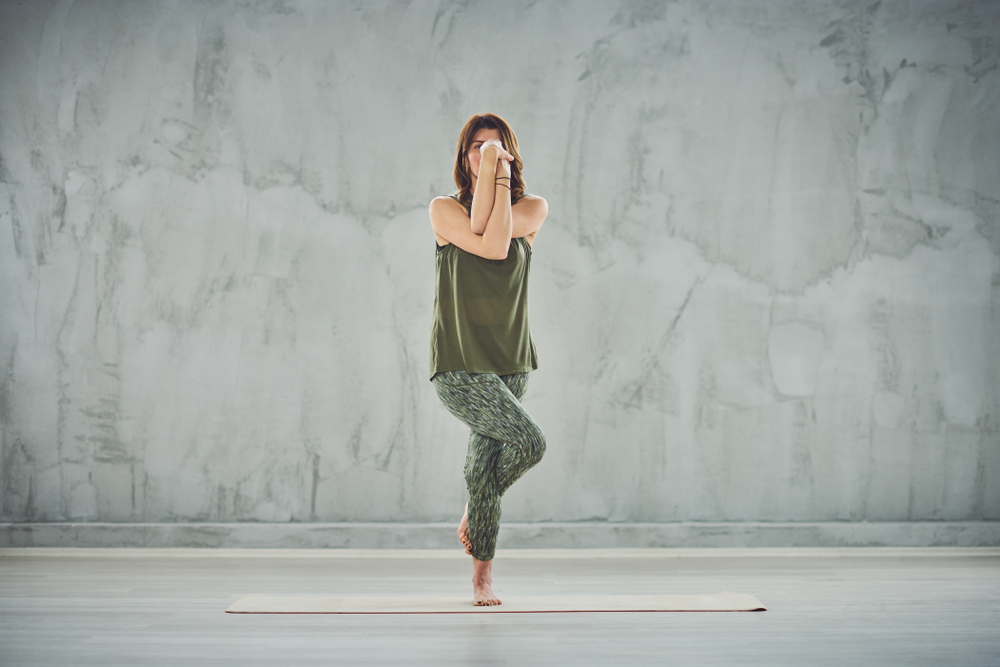
Bikram yoga is often synonymous with the name “hot yoga”; however these two practices are different. For hot yoga, this can refer to any yoga within a hot room. For Bikram, it is a form of yoga that received its popularity in the 1970s in California. It involves 26 poses in set cycles over a 90-minutes class. The idea of the heated rooms is to release toxins from the body.
What to expect in Bikram yoga:
- Heated rooms (up to 105 degrees Fahrenheit (41 degrees celsius)
- Repetitive poses
- Advanced – possible inversions (inversions not traditional Bikram)
- 90 minutes classroom
- Difficult breathing exercises
- classes can be difficult for individuals completely new to yoga
- Increases blood circulation and enhances metabolism
8. Power Yoga
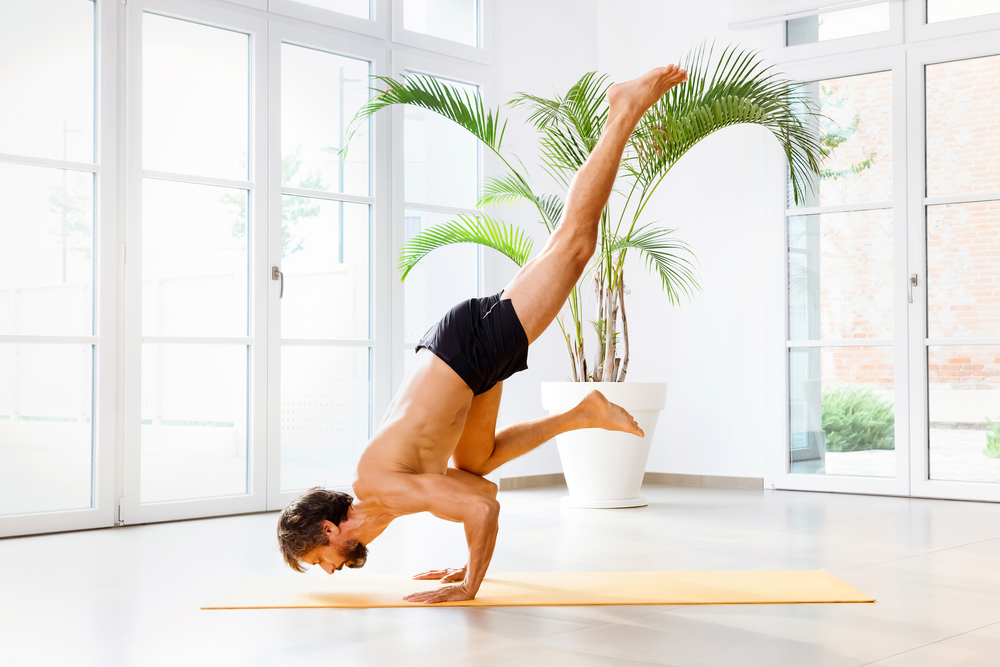
If you’re looking for a form of yoga that gets the heart pumping then power yoga will not disappoint. This form of yoga’s objective is making sure that cardio sits at its core meaning that this yoga will get you moving.
What to expect from Power yoga:
- Designed for athletes – lots of movement
- Modified Ashtanga Yoga practice
- High-level of energy
- Heated rooms
9. Restorative Yoga
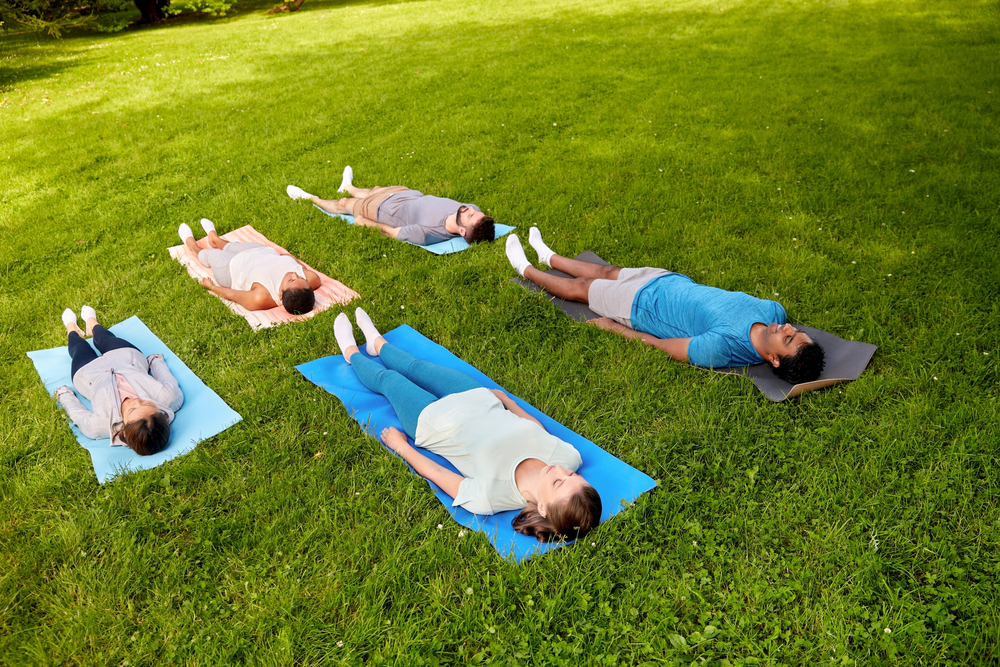
As the name suggests this form of yoga helps encourage healing and support for the body. It’s objective is to ‘restore’ the body by rest and restoration of balance. These poses will help its students activate the parasympathetic nervous system and by activation that helps the PNS ‘rest and digest’. This enables the PNS to keep basic functions operating as they should.
What to expect with Restorative yoga:
- Slow breathing
- Calm and controlled movements
- Encouragement of blocks, bolsters, or blankets to assist in postures and hold postures longer without added exertion
- Releasing tension
- Lowering blood pressure
- Increased feeling of awareness and relaxation
10. Prenatal Yoga
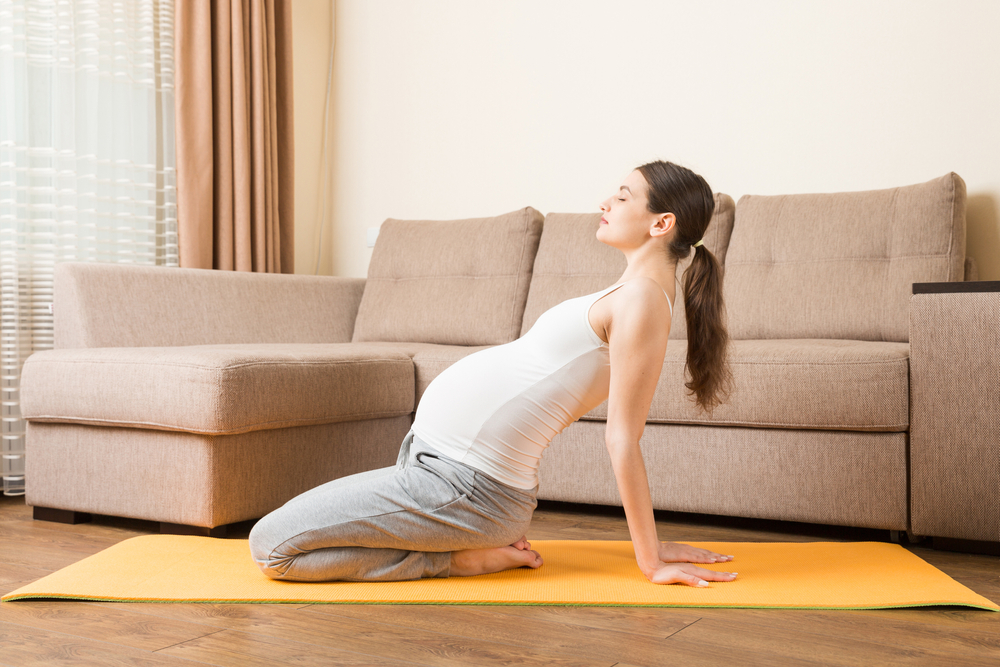
This form of yoga is pretty self-explanatory. Expecting mothers can try this form of yoga to help decrease anxiety and also strengthen their bodies for the preparation for childbirth. Exercises include pelvic floor exercises, breathing asanas, and ways to increase flexibility.
What to expect from Prenatal yoga:
- For expecting mothers who want don’t want an intense workout
- Fun, slow-paced postures that enhance flexibility
- Can help easy some body aches, especially in the lower body
- May reduce symptoms of nausea
11. Aerial Yoga
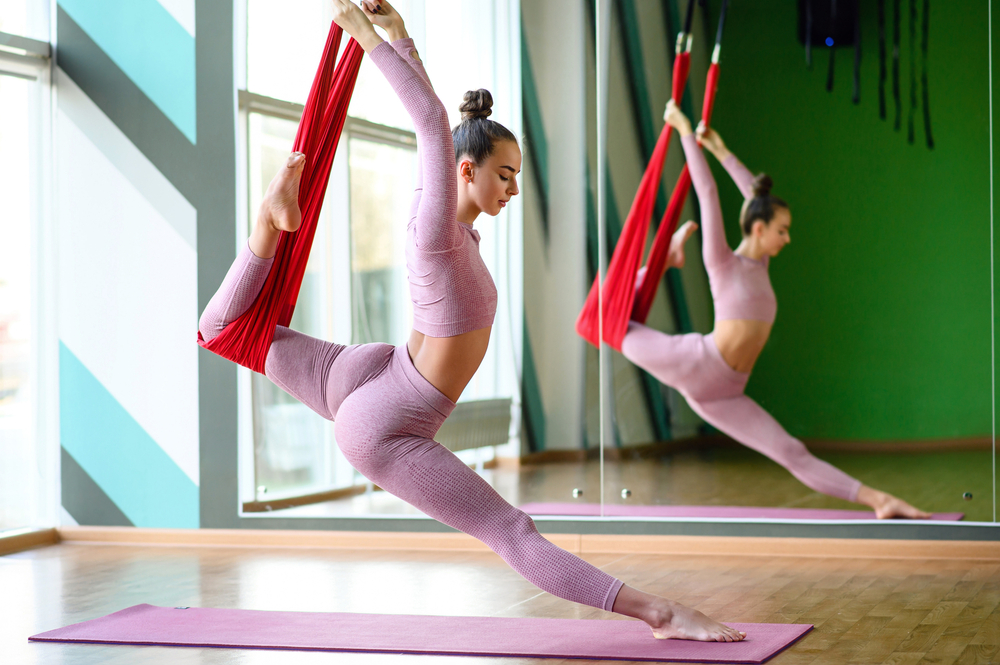
If you’re interested in gymnastics or acrobatics then aerial yoga may be a perfect fit for you. This yoga utilizes hammocks or yoga swings that enable its students to perform inverted yoga postures. Many postures that students struggle with, like backbends, are easier with this form of yoga. Many of its postures come from the inspiration of dance, some pilates exercises, and of course, acrobatic gymnastics.
What to expect from Aerial yoga:
- Great for students who suffer from back pain enables a deeper stretch not attainable on the yoga mat
- Students who don’t mind inverted yoga poses and asanas
- Many poses that are challenging on a yoga mat may
- Not for pregnant women or individuals who struggle with vertigo
12. AcroYoga
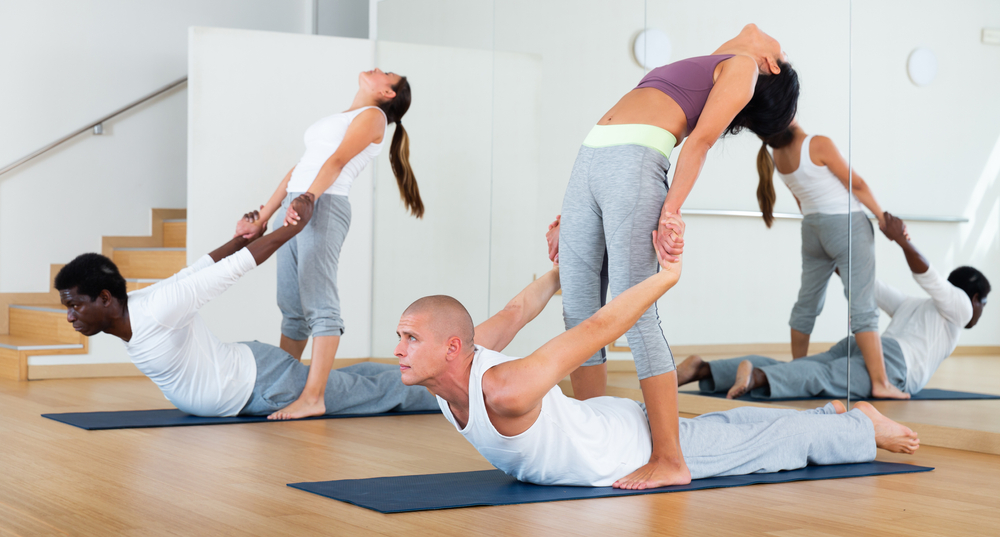
AcroYoga is like aerial yoga but it doesn’t include the hammocks or yoga swings. Instead, this sort of yoga focuses on the trust elements associated with acrobatics while practicing with a partner or group. There are three roles that participants will choose, either the base (the individual responsible for the moving), the flyer (the person that is being moved), and the spotter ( the individual that helps to ensure that movements are going smoothly).
What to expect in Acroyoga:
- Working collaboratively with a partner or group
- Play and fitness
- exercise in communication
13. Jivamukti Yoga
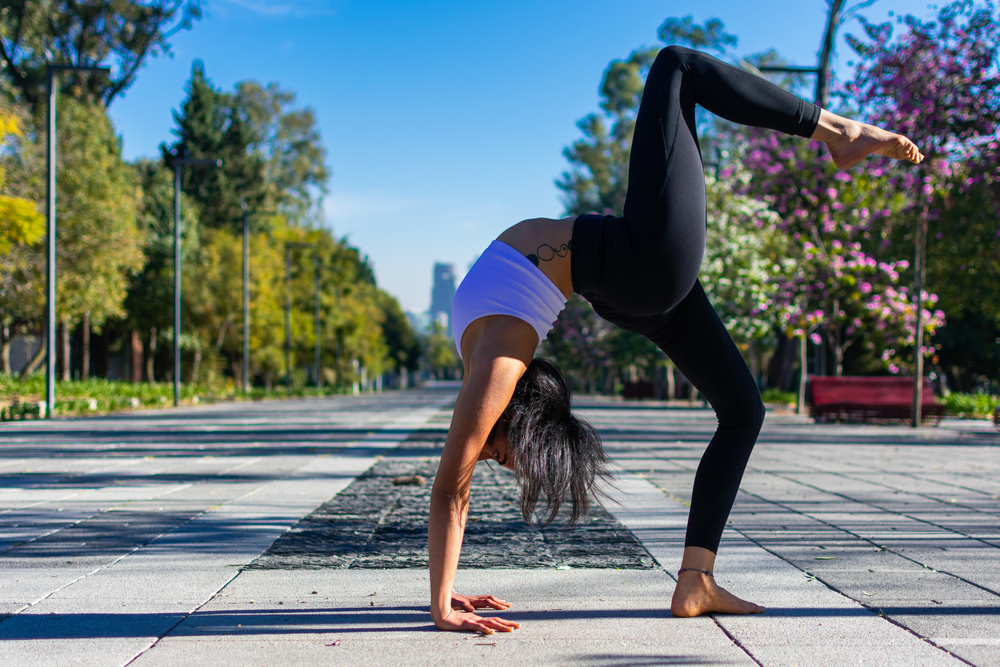
Jivamukti yoga is a lot like the vinyasa style of yoga that draws yoga principles for modern life. Often each class will explore a theme, this can be through changing, pranayama (breathing exercises), or music. This theme is generally introduced at the beginning of class and interwoven throughout the duration of the class. One of the main distinctions of Jivamukti yoga is they encourage their participants to adhere to a vegan diet. This is because it is an element to their advocacy of yama ahimsa, or their exercise and commitment to non-violence.
What to expect from Jivamukti yoga:
- A vigorous style of yoga
- Will increase flexibility, strength and encourage balance
- Increased awareness of self and the divine (the energy within)
- Improves circulation and decreases stress
14. Anusara Yoga
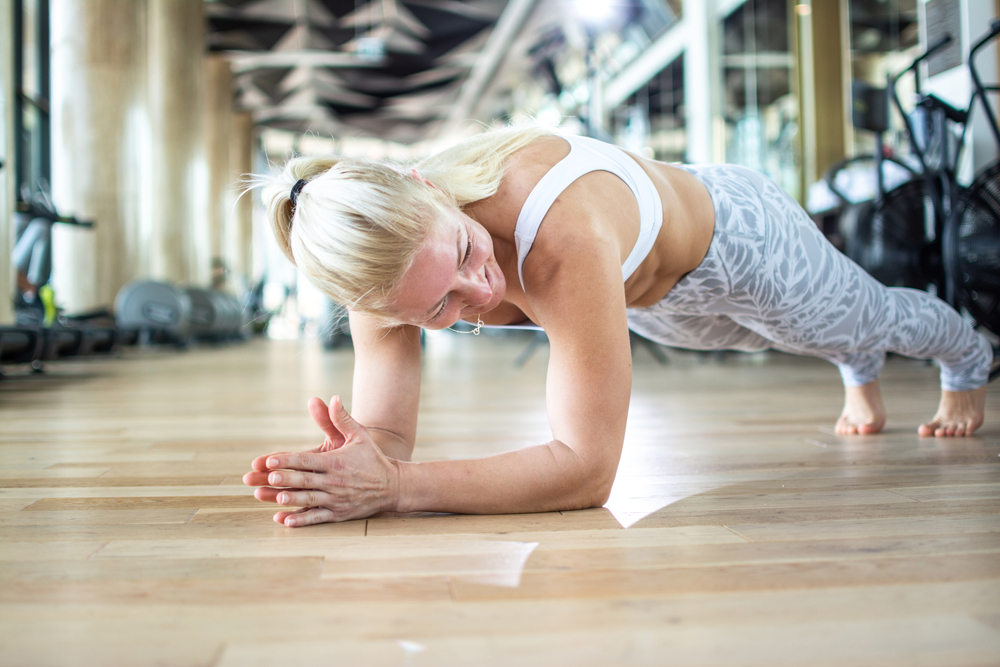
Anusara yoga practices off its own philosophy that each sentient being is good and has its own source of vocabulary. Teachers are taught to explain universal principles of alignment while encouraging participants to focus inward to balance their energy and enhance their connection to spirituality.
What to expect an Anusara yoga:
- Fun, light-hearted classrooms
- A flow that connects to breathing
- Holding poses for longer durations of time
- Vinyasa style poses
15. Sivananda Yoga
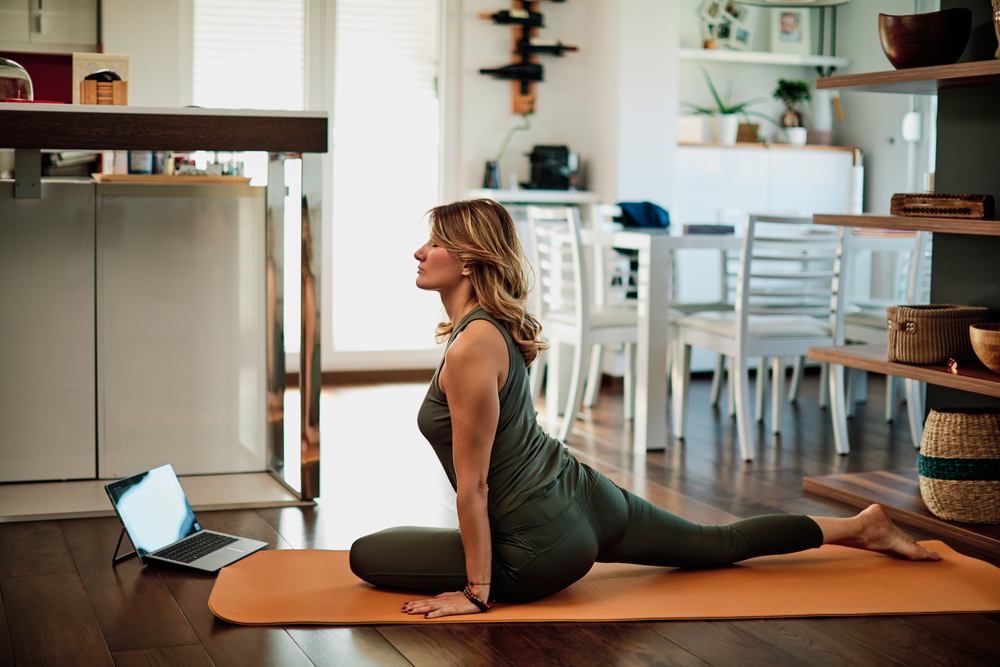
Sivananda’s intent is promoting overall well-being and has deep roots within classical yoga and its dharmic affiliation to guide and motivate its pupils. This practice is ultimately about acknowledging the awareness of the self.
What to expect from Sivananda yoga:
- Classic yoga postures
- Deep focus on self-awareness
- Reduction of stress and an increase in energy
16. Yang Yoga
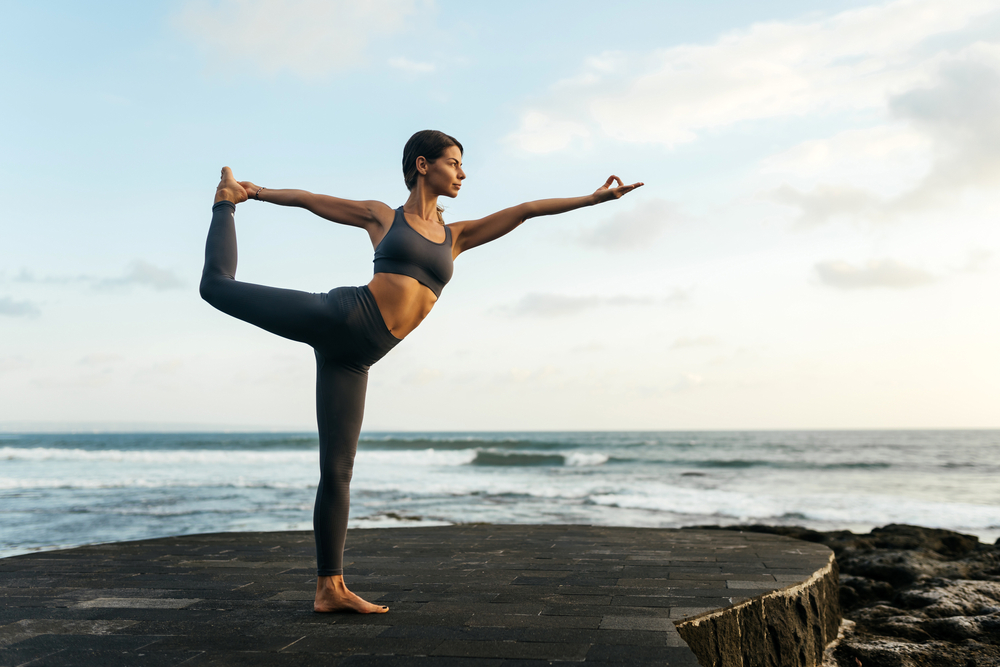
As it is the opposite of yin, this yoga focuses on engagement and warming of the body. This yoga works the muscles to strengthen and increase blood circulation. This style of yoga has breathing exercises to compliment the poses and enable the activation and proper release of energy.
What to expect from Yang yoga:
- Improved blood circulations
- Enhanced stamina and improved energy
- Relaxed body and mind
- Steady flow with synchronized breathing.
17. Buti Yoga
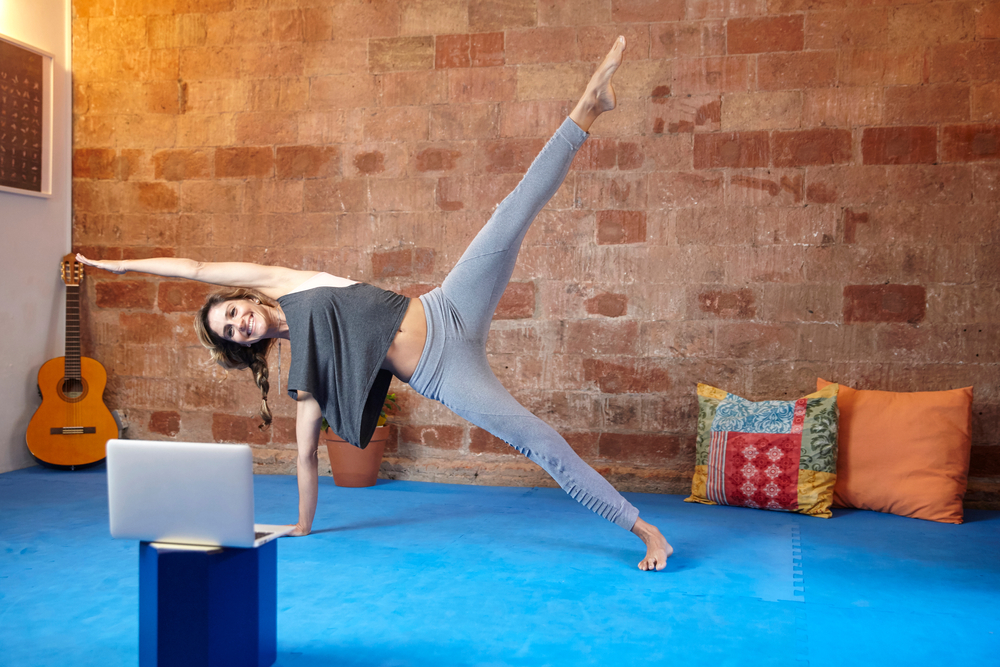
Buti yoga is about working on a spiritual level by activating our inner energy or chakras while also getting a workout. This type of yoga finds its inspiration from tribal dance moves and incorporates cardio with deep core exercises. This type of class has sequences like a vinyasa class, just with a faster pace.
What to expect from Buti yoga:
- Fast-paced sequences
- Incorporation of contemporary music
- The uplifting message of self-acceptance
- Prepare to sweat
18. Karma yoga
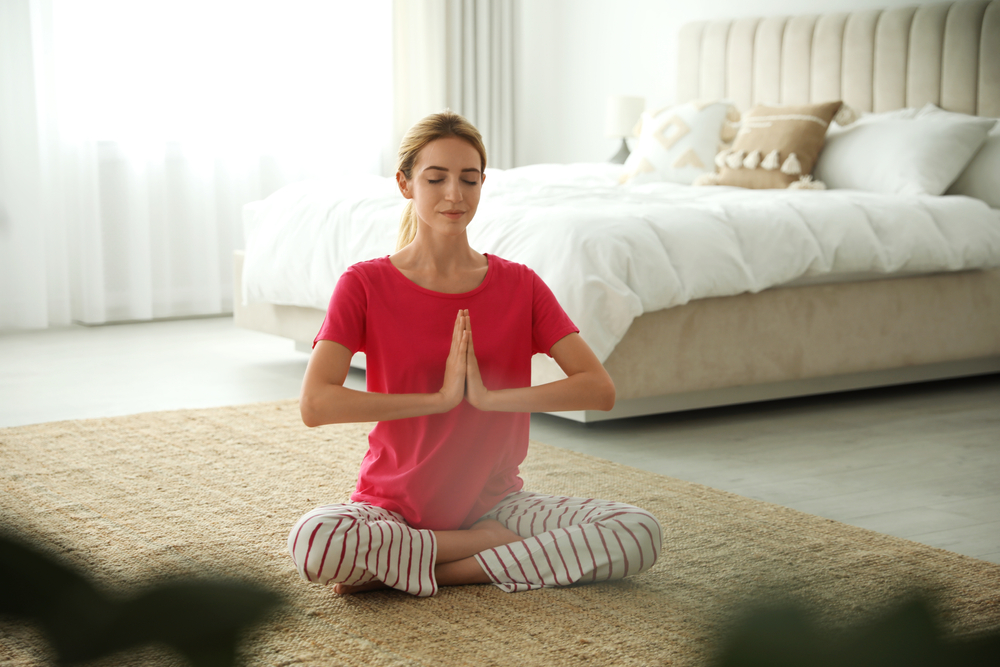
Translated from Sanskrit, Karma means “action or doing”. For many who practice karma yoga, they recognize that this form of yoga is a way to develop a deeper connection to their spirituality. The idea of Karma yoga, or its intent, is those who practice will receive satisfaction by alleviating the body and mind and through this path will lead to a fulfilled life.
What to expect from Karma yoga:
- Practicing positive thinking/pure thoughts
- Learning lessons of selflessness and self-acceptance
- Helps participants embrace discipline
- Repetitive postures
19. Viniyoga
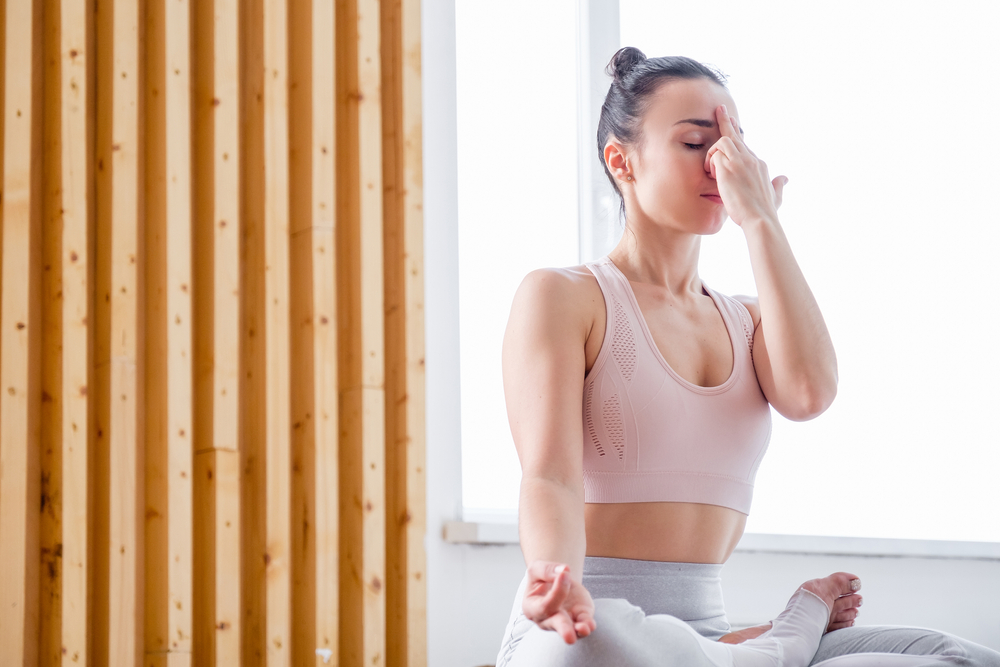
This sort of yoga focuses heavily on breathing exercises alongside chanting and meditation. In Viniyoga there isn’t a correct way of performing a posture as everybody is different, everyone will have the posture feel different and right for them.
What to expect from Viniyoga?
- Bandhas, chanting, and meditation
- Longer holds
- Individualized practice
- Many sequences depending on the instructor
20. Tantra Yoga
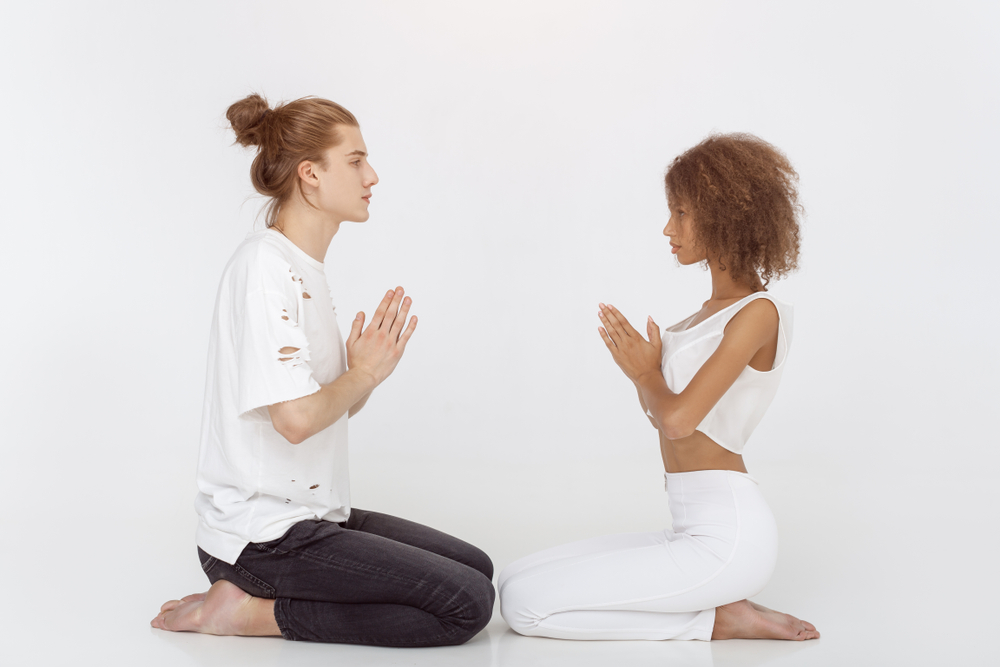
Tantra yoga is more than you may think. Its practices are interwoven with various other teachings and when practicing this form of yoga can help individuals tune into themselves. This yoga may help individuals who practice it achieve a heightened sense of self-awareness and a better relationship if done with a partner.
The word tantra means “to weave or expand”. The idea with Tantra yoga, then, is to weave together many yoga practices, and other spiritual styles and teachings, in order to connect with others and the universe. When practiced consistently, Tantra Yoga can help you get in tune with who you are, achieve your goals, and, when done with a partner, deepen your relationship.
What to expect from Tantra yoga:
- Ability to overcome blockages and gain control
- Identify weaknesses and turn them into strength
- To connect the spiritual with the physical realm
- Increased energy and improved relationship
There are several types of yoga that can range from slow to fast-paced with some that are in-between. Each style is about your individual preference and which has values that align the most to meet your needs and to serve you on a physical and spiritual level.







